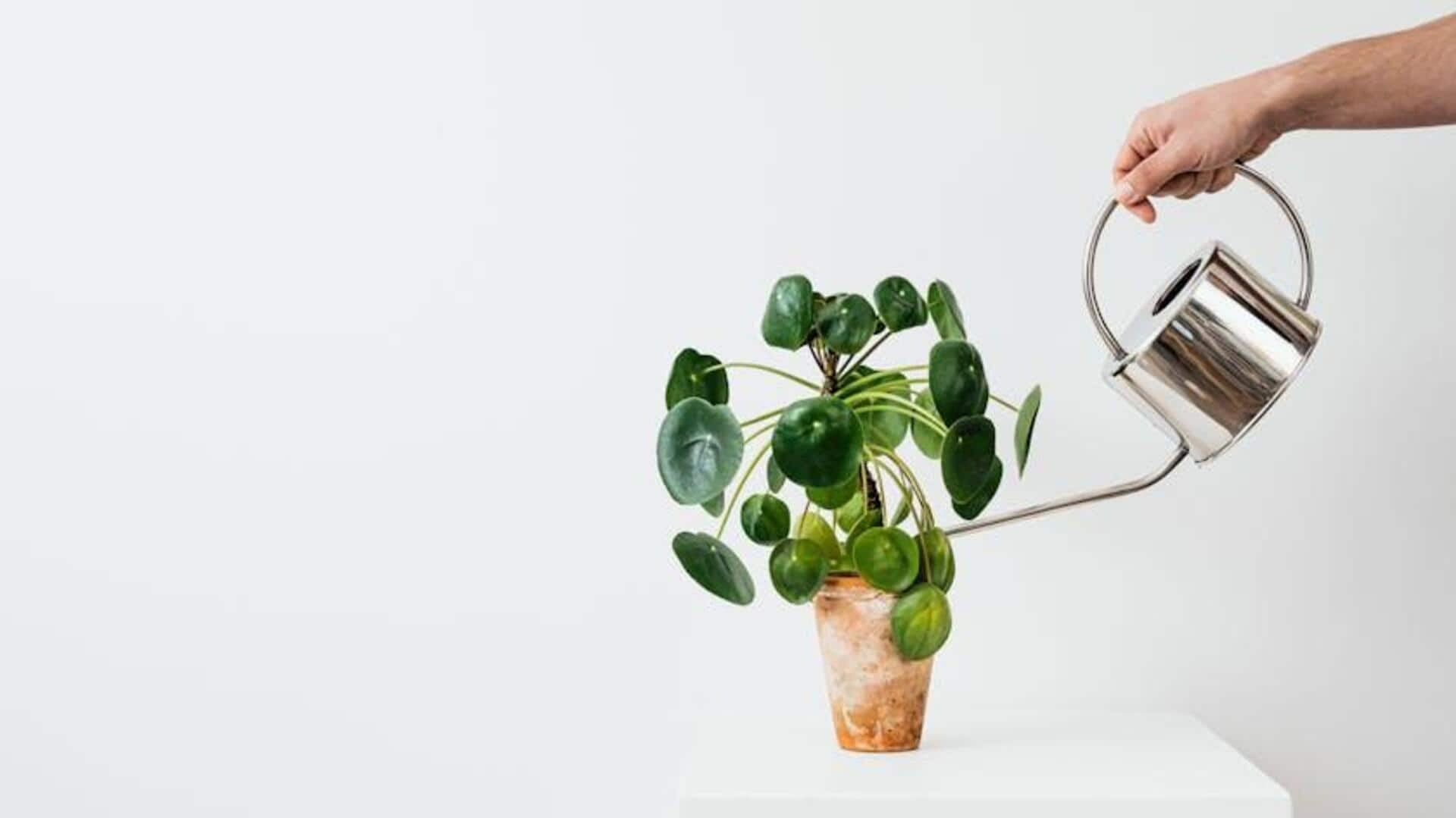
How to revive overwatered plants
What's the story
Overwatering is a common mistake most gardeners make, often resulting in a plant's demise. Too much water can suffocate the roots of plants, leaving them wilting and yellowing. Knowing how to revive overwatered plants is essential for keeping your garden healthy. With some simple steps, you can help your plants bounce back and thrive again. Here are some handy tips every gardener must know.
Tip 1
Check soil moisture levels
Before doing anything, check the soil has moisture. Dig your finger two inches into the soil to see if it feels wet or dry. If the soil is still wet, avoid watering until it dries a little. This prevents further waterlogging and gives roots a chance to breathe.
Tip 2
Improve drainage conditions
Improving drainage is critical to avoid future overwatering problems. Make sure pots have sufficient drainage holes and add materials such as gravel or perlite at the bottom of containers for better drainage. For garden beds, amending soil with organic matter can make it better-draining and improve its structure.
Tip 3
Remove affected leaves
Removing yellowing/wilting leaves is an important step in aiding an overwatered plant's recovery. By using clean scissors/pruning shears, gardeners can carefully snip away the damaged foliage. This not only makes the plant look good but also reduces the stress drastically, letting it focus its energy towards the healthier parts of the plant. Such careful pruning can promote better health and recovery after overwatering.
Tip 4
Adjust watering schedule
Once you have overwatered, it is important to re-evaluate and modify your watering schedule. Make sure to let the top inch of soil dry out before watering again. Modify the frequency of your waterings as per the current climate and requirements of your plant. Keeping a check on environmental factors (humidity, temperature) will allow you to determine the right watering intervals for your plants.
Tip 5
Repot if necessary
In extreme cases where root rot has already set in due to overwatering, you'll have to repot to salvage the situation. Take affected plants out of their current pots gently; prune rotten roots with sterilized tools before replanting them into fresh potting mix with better drainage properties.